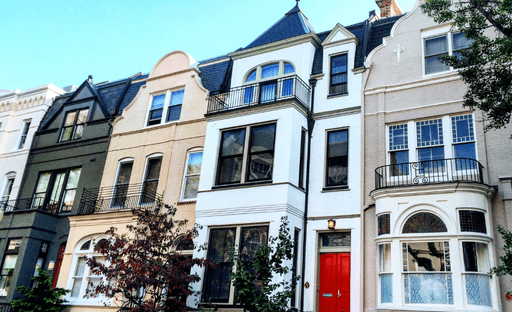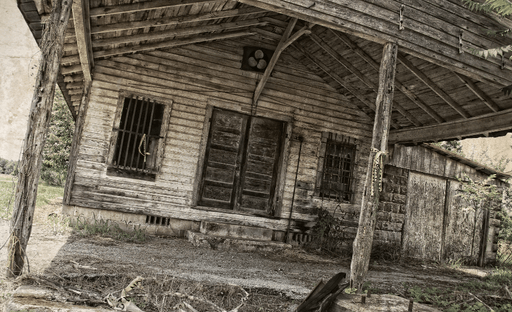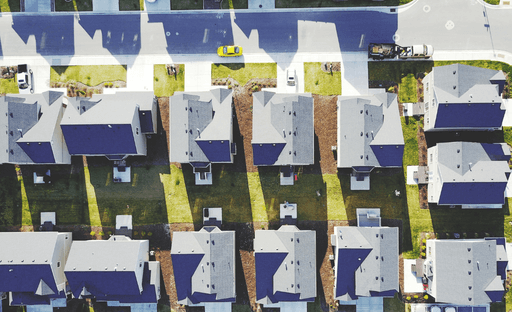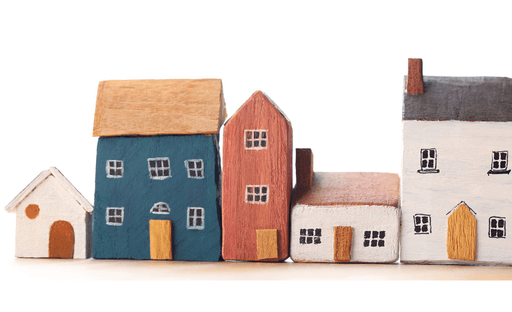Houses around us
Have you ever wondered about the homes that surround your neighbourhood? From the unique architectural styles to their historical significance, there is a lot to explore. In this blog article, we will be taking an in-depth look at houses around us and how they impact our communities. We will uncover the history behind local dwellings, examine their architecture, and investigate the unique characteristics of neighbourhood homes. Join us as we explore these fascinating structures.
The houses around us are a reflection of our society and culture. From the size and shape of the home to its interior design, each house tells a story about its inhabitants. Whether it is an old-fashioned cottage or a modern skyscraper, these dwellings provide insight into how people live their lives.
Houses come in all shapes and sizes, from tiny bungalows to sprawling mansions. Each style has its own unique features that make it stand out from the rest. Traditional homes often feature symmetrical layouts with large windows and ornate details like crown moulding or decorative shutters while contemporary homes tend to be more open with minimalistic designs that emphasise natural light and clean lines. No matter what type of home you prefer, there’s something for everyone when it comes to the architectural styles around us today!
Interior design also plays an important role in creating a comfortable living space for homeowners. From cosy fireplaces to bright kitchens, each room should be designed with purposeful elements that reflect personal taste as well as practical needs such as storage solutions or energy efficiency measures like double-glazed windows or insulation materials used throughout the building envelope.
When looking at houses around us we can also gain insight into how people interact with their environment by observing outdoor spaces such as gardens or patios which may be used for entertaining guests on warm summer evenings or simply enjoying some fresh air during colder months. Additionally, many homeowners have taken advantage of green technologies like solar panels which not only reduce energy costs but also help protect our planet by reducing carbon emissions.
Finally, no matter what kind of house you live in, it’s important to remember that your home is much more than just four walls –it’s where memories are made. By taking time to appreciate all aspects of your dwelling –both inside & outside–you can create an inviting atmosphere where family & friends feel welcome every time they visit.
Exploring the Architecture of Our Surrounding Homes

Exploring the architecture of our surrounding homes is an exciting and rewarding experience. From traditional to modern, there are a variety of styles that can be seen in the houses around us. By taking a closer look at these structures, we can gain insight into how people live and what they value in their home design.
Studying the architecture of our local area provides us with an opportunity to appreciate different designs from various eras and cultures. We may find ourselves admiring classic Victorian-style homes or marvelling at contemporary glass-and-steel structures – each one offering its own unique aesthetic appeal.
By looking closely at the details of these buildings, we can also learn about materials used for construction as well as techniques employed by architects over time to create beautiful living spaces for families throughout history. This knowledge helps us understand why certain architectural elements have been preserved or changed over time – providing valuable information on how communities evolve through generations past and present alike.
Finally, exploring the architecture of our surroundings gives us a chance to see firsthand how people express themselves through their home design choices – whether it’s bold colours or intricate patterns that reflect personal style preferences or subtle touches like landscaping that add character to any neighbourhood landscape!
Uncovering the History Behind Local Dwellings

Have you ever stopped to consider the history behind the dwellings around us? From grand Victorian mansions to humble cottages, each home has a unique story that can be uncovered with a little research.
Local libraries and archives are great places to start when it comes to uncovering the past of local dwellings. Many libraries have dedicated sections devoted solely to local history, which often contain old maps and photographs of buildings in their area. These documents can provide valuable information about when a building was constructed, who lived there before you or even what changes have been made over time.
Another way of discovering more about your house is by visiting nearby museums or heritage sites. Most of these establishments will have knowledgeable staff on hand who may be able to answer any questions you might have regarding your dwelling’s past life. It is also worth speaking with long-term residents in your neighbourhood as they may know stories passed down from previous generations that could shed light on its origins and occupants throughout its lifetime so far!
Finally, if all else fails then why not take matters into your own hands? You could try searching for records online such as census data or property deeds which may provide further insight into the history behind your home – just remember though that some documents may require payment in order for them to be accessed!
Examining How Houses Impact Our Communities

Houses are an integral part of our communities and can have a significant impact on the quality of life for those living in them. Examining how houses affect our communities is essential to understanding the dynamics that shape neighbourhoods and cities. From economic development to social cohesion, housing plays a major role in creating vibrant, healthy places where people want to live, work, and play.
The design of homes has an influence on how we interact with each other as well as the environment around us. Homes that are designed with energy efficiency in mind can reduce utility costs while also helping protect natural resources from overuse or pollution. On top of this, homes that provide access to green spaces such as parks or gardens can help create healthier lifestyles by encouraging physical activity among residents while providing much-needed mental respite from everyday stressors.
In addition to their environmental benefits, houses also contribute significantly towards local economies through job creation during construction phases and increased property values when they’re sold or rented out afterwards. This helps stimulate growth within areas which may otherwise be struggling economically due to a lack of investment opportunities or employment prospects for locals who live there permanently or seasonally alike. Furthermore, home ownership provides stability for families since it gives them a place they can call their own, allowing them greater control over their lives than if they were renting.
Finally, examining how houses impact our communities allows us insight into what makes certain neighbourhoods desirable places for people to settle down. Factors like safety, affordability, and amenities available nearby (such as schools ) all come together when deciding whether an area is suitable enough for someone’s needs. By looking at these aspects closely we gain valuable information about what works best when building new developments so future generations will benefit too.
Investigating the Unique Characteristics of Neighborhood Homes

Investigating the unique characteristics of neighbourhood homes is an intriguing endeavour. From architectural styles to landscaping, each home has its own distinct personality and charm. To gain a better understanding of the various elements that make up our local neighbourhoods, it’s important to take a closer look at these individual homes and their features.
When examining houses in your area, consider factors such as age, size and condition; exterior materials used; roof type; windows; doors; porches or decks; fencing or walls around the property line. Additionally, think about how well-maintained each house is—are there any signs of disrepair? Are there any special features like outdoor kitchens or fire pits?
The interior design can also be telling when it comes to uncovering the character of a home. Take note of floor plans—are they open-concept with lots of natural light? What kind of fixtures are present throughout the house (e.g., ceiling fans)? Is there evidence that renovations have been done recently?
Finally, pay attention to landscaping details like lawns and gardens as well as trees on site which may provide shade in summer months or offer privacy from neighbour’s yards year-round. These elements can add value not only aesthetically but also financially if taken into account when assessing market values for properties in your area.






